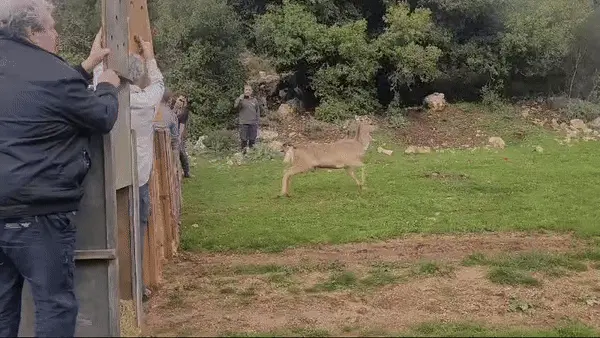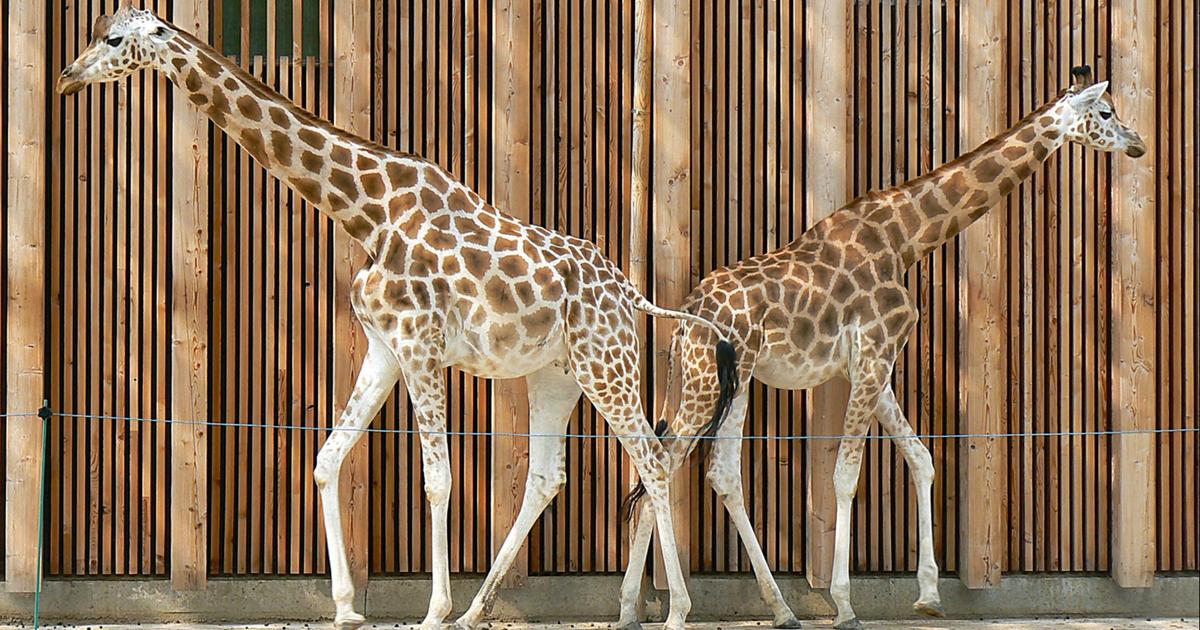The return of wild animals to the district of Erding
Created: 2022-10-24 06:00
By: Uta Künkler
Curious, Master Lamp puts his spoons on the table: After many years of decline, brown hares are again more common on Erdinger Flur.
© Patrick Pleul/dpa
The populations of rabbits, pheasants & Co. in the district of Erding are increasing again.
The weather also plays a role.
Erding
– There was a great deal of excitement in the Bavarian Forest and the Alps recently when sedentary packs of wolves were tracked down there again.
It's not that far in Erdinger Land.
The last animal was killed in the "Zuckermantel" forest near Dorfen in 1864.
Since then, neither wolf, nor lynx, nor bear have returned.
But the Erdinger Flur is populated again by more wild animals.
After many years of steady decline, animal rights activists are seeing a tentative turnaround.
(By the way: everything from the region is now also available in our regular Erding newsletter.)
Whether hare, pheasant or partridge: "These small game species have been showing up again in some areas for two years," says Thomas Schreder, biologist and chairman of the district hunting association.
However, this does not apply to all areas, he emphasizes.
After all, the landscape of the district of Erding from Holzland to Moos is absolutely not homogeneous.
But Schreder speaks of a "silver lining on the horizon".
After hares and pheasants had become increasingly rare in the Erdinger Land for 15 years, "the downward spiral seems to have finally been broken".
Something similar can also be observed with smaller animal species, adds Uschi Schmidt-Hoensdorf, chairwoman of the district group of the State Association for Bird Protection.
Some beetle species, mosquitoes, snails and larvae have spread.
She has also observed changes in the birds: "It is relatively new that, for example, the hoopoe and the middle woodpecker are moving through here," says Schmidt-Hoensdorf.
And the storks would also have “increased insanely” – probably also benefiting from the large populations of prey.
Birds not only find a Dorado in nature, but also in human landfills, says Schmidt-Hoensdorf.
"There's pure protein feed just lying around in the landscape so easily accessible.
Crows eat that too.”
Schreder believes that other reasons for the return of the wild animals can probably be found in the changed agriculture, citing winter greening, wild fields or hedge plantings.
The weather probably also played its part.
“The temperatures were very mild this year and last year, especially in late spring.
In other years, the water and cold around Pentecost destroyed entire broods of pheasants, for example,” explains Schreder.
Of course, climate change and drought pose a challenge for some species, admits Sabine Lanzner, district director of the Bund Naturschutz (BN).
In general, however, one could say: "If food and prey are there, then most animals can get by with the heat," says Lanzner, "nature always finds a way."
People do not greet every increase in wild animals with joy.
Take crows, for example: Their ever-increasing populations have recently repeatedly caused discord in the Erdinger Stadtpark or in villages.
Likewise, the beaver not only gives pleasure.
This causes problems for agriculture, “when meadows that have been laboriously drained are not to become wet again,” explains Lanzner.
But: "We have to learn to deal with it differently," she demands.
The beaver advisors, which are now being installed across the board, would be of great help.
also read
From the organic boom to the organic crisis: farm shop owner lowers prices - but there are still no customers
Two film prizes for "Da neie Gruaba"
In any case, we humans would have to relearn how to live with wild animals, which often increase again after many years, emphasizes Lanzner.
Because the beaver will probably soon be followed by the somewhat shy otter.
And the wildcat is also to be expected here "at some point," she promises.
The Sollacher Forst around Isen, for example, would be predestined as a habitat for the wildcat.
A first rethinking can already be felt, says Lanzner happily: "People walk around nature with vigilance and, for example, wasp nests are no longer seen only as a threat."















